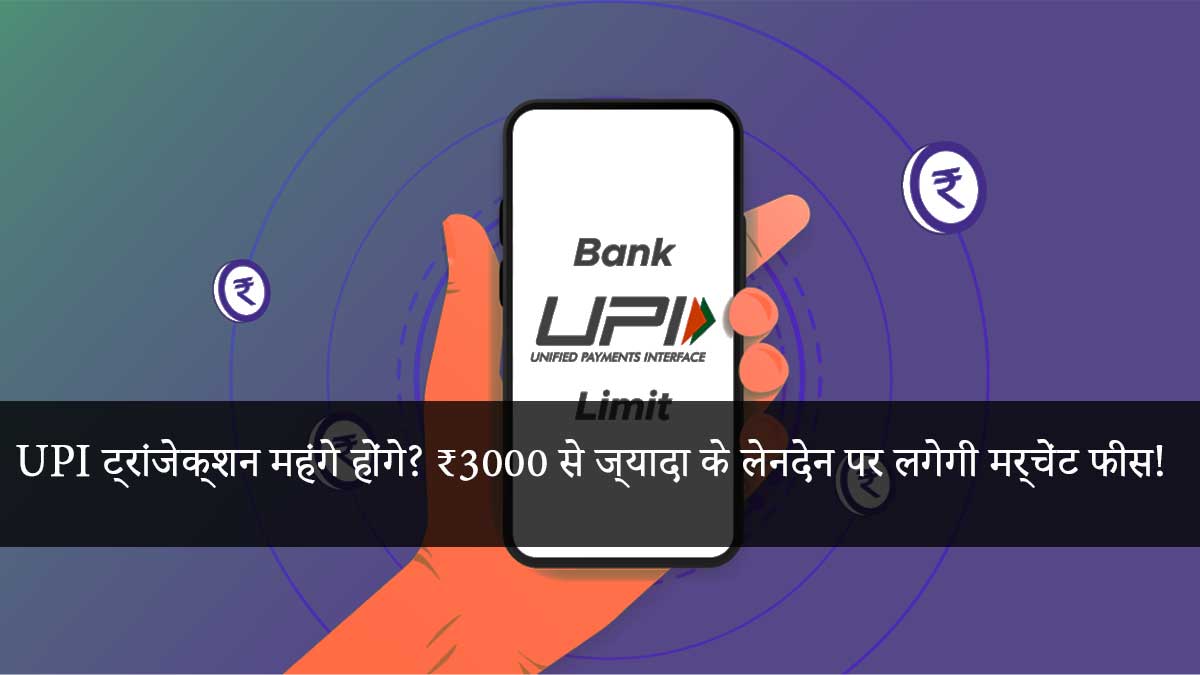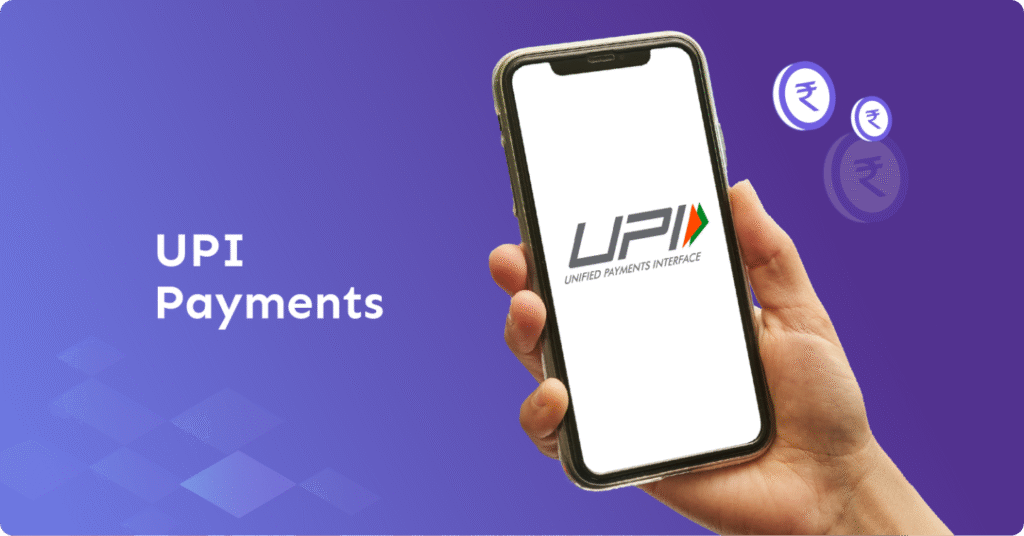MDR on UPI: Since the COVID pandemic, the size of transactions done through UPI has increased to ₹60 lakh crore. However, due to the zero MDR policy, investors are not coming forward to invest in this sector.
UPI News: Government May Introduce MDR Charges on UPI Transactions Above ₹3,000
If you also use UPI for most of your shopping and family-related expenses, this news is for you. Yes, the government is planning to impose a Merchant Discount Rate (MDR) on UPI transactions exceeding ₹3,000. This move aims to help banks and payment service providers cover their technical and operational costs.
Banks and payment service providers have consistently argued that the cost of handling high-value digital transactions is increasing. UPI currently accounts for 80% of the country’s digital retail transactions. Since 2020, the size of merchant UPI transactions has grown to ₹60 lakh crore. However, due to the zero MDR policy implemented in January 2020, there’s been a lack of investment in the sector. The cost burden on service providers has significantly increased, especially for large transactions.
What Will Change?
According to a report published in NDTV Profit, no MDR will be charged on small transactions. However, an MDR fee may apply to UPI transactions above ₹3,000. This fee will depend on the transaction amount, not on the nature of the merchant’s business. The Payments Council of India (PCI) has recommended a 0.3% MDR for large merchants. Currently, credit and debit cards incur MDR charges ranging from 0.9% to 2%, although RuPay cards are exempt.
Discussions Held at High Level
Last week, detailed discussions took place involving the Prime Minister’s Office (PMO), the Department of Financial Services, and the Department of Economic Affairs. The matter was also discussed with banks, fintech companies, and the National Payments Corporation of India (NPCI). A final decision is expected within one to two months.
Rather than focusing solely on expanding UPI, the new policy aims to make the digital payment system sustainable in the long run. This will provide banks and service providers with resources to improve their infrastructure. However, consumers may incur additional charges for high-value UPI transactions.




